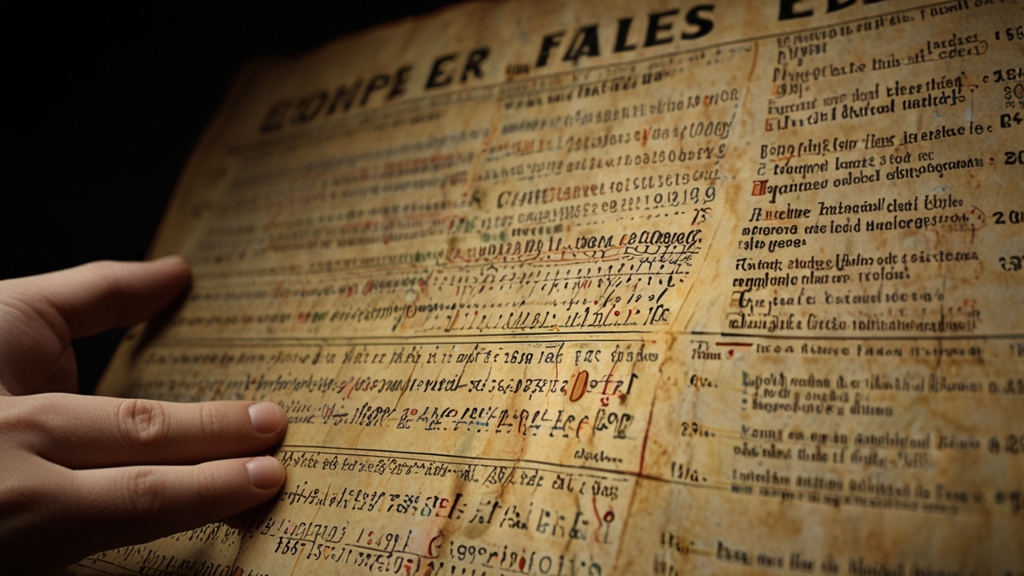Epic Statistical Fails: Lessons from History
Statistics, often deemed the backbone of rational decision-making, are not immune to errors. Mistakes in data collection, analysis, or interpretation can lead to catastrophic outcomes. Here, we delve into some of the most epic statistical fails in history and the valuable lessons they offer.
The 1936 Literary Digest Poll
The 1936 Presidential election in the United States saw one of the most notable statistical blunders. The Literary Digest conducted a massive poll, mailing out 10 million questionnaires and receiving around 2.4 million responses. Based on this gargantuan sample, the magazine predicted that Alf Landon would win the election by a landslide against Franklin D. Roosevelt.
"The magazine confidently concluded that Landon would receive 57% of the popular vote, while Roosevelt would secure only 43%," the Digest reported.
The result was a complete misfire. Roosevelt won by a landslide, capturing 61% of the popular vote. The failure of the poll was largely attributed to sampling bias. The mailing list was primarily composed of car owners and telephone subscribers, predominantly affluent individuals who skewed Republican. This epic fail illustrated the importance of representative sampling in statistical analysis.
The 1970s Soviet Economic Predictions
During the Cold War, the Soviet Union relied heavily on central planning and statistical modeling to forecast economic performance. However, these predictions consistently fell short. The Soviet statistical fail stemmed from using flawed methodologies and manipulated data to uphold ideological commitments.
Planners often ignored practical limitations and relied on overly optimistic assumptions, leading to inaccurate predictions and economic stagnation. This underscores the importance of transparency, honesty, and adaptability in statistical practices. Rigid adherence to flawed data can distort reality and result in significant socio-economic consequences.
The Challenger Space Shuttle Disaster
One of the most tragic examples of statistical failure is the 1986 Challenger Space Shuttle disaster. Engineers at NASA used statistical analysis to assess the risk of O-ring failure under cold weather conditions. Unfortunately, the data and analysis were flawed, underestimating the actual risk.
"Quantitative risk assessments predicted a failure rate far lower than what actually occurred, leading to a false sense of security," noted a subsequent investigation.
When the Challenger launched on a particularly cold day, the O-rings failed, and the shuttle exploded, killing all seven astronauts aboard. This event emphasized the critical importance of robust statistical methods and thorough risk assessments, particularly when lives are at stake.
The 2008 Financial Crisis
The 2008 financial crisis revealed glaring statistical oversights in risk assessment models used by banks and financial institutions. Complex derivative instruments like mortgage-backed securities (MBS) and collateralized debt obligations (CDOs) relied on models that incorrectly assumed housing prices would always rise.
These models failed to account for the possibility of widespread mortgage defaults. When the housing market collapsed, it led to a chain reaction of financial failures globally. This debacle underscores the necessity of incorporating tail risks and externalities into statistical models, especially in complex, interconnected systems.
Conclusion
From flawed polling methods to inadequate risk assessments, the history of statistical fails reveals that even minor errors can have major repercussions. The key lessons are clear: always ensure representativeness in sampling, maintain transparency and adaptability, and never overlook improbable but impactful risks. By learning from these historical mistakes, we can strive for more accurate and reliable statistical analyses in the future.






